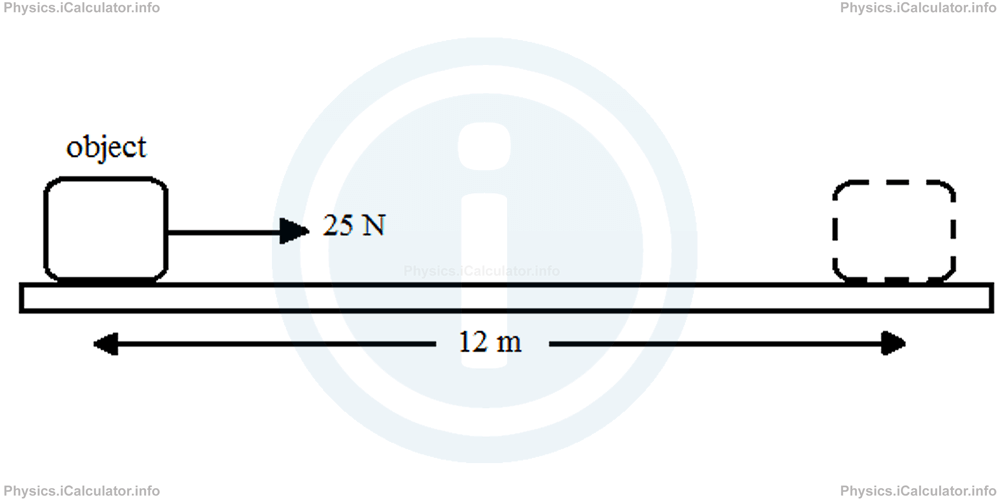Menu
Physics Lesson 5.5.1 - The Meaning of Power
Please provide a rating, it takes seconds and helps us to keep this resource free for all to use
Welcome to our Physics lesson on The Meaning of Power, this is the first lesson of our suite of physics lessons covering the topic of Power and Efficiency, you can find links to the other lessons within this tutorial and access additional physics learning resources below this lesson.
The Meaning of Power
As seen in the above example, sometimes it is not enough to do a certain work. The time in which this work is done has also its importance in many cases. Every company boss prefers workers that can do a certain work in the least time possible or if the time is equal for all, a boss prefers to hire workers who are able to do the greatest amount of work possible in a given time. Such outstanding workers have a common ability compared to other workers - we say they are more powerful.
From the above reasoning, we can deduce another fundamental concept in physics: the Mechanical Power, or simply, Power. By definition,
"Power is the amount of work done by a system in the unit of time."
The symbol of power is P. Power is a scalar quantity as both work and time are scalars. The equation of power is
Equation 1
P = W/tSince work is measured in joules [J] and time in seconds [s], the unit of power is [J/s]. However, the unit of power is often referred as Watt [W]. Therefore,
Example 1
An object moves horizontally by 12 m when applying a 25 N horizontal force on it as shown in the figure.

The entire process takes 15 s to complete. What is the power delivered to the object by the force source?
Solution 1
We have the following clues in this exercise:
F⃗ = 25 N
t = 15 s
P = ?
First, we must calculate the work done on the object. Thus,
= 25 N × 12 m
= 300 J
Now, let's calculate the power delivered by the source. We have
= 300 J/15 s
=20 W
You have reached the end of Physics lesson 5.5.1 The Meaning of Power. There are 3 lessons in this physics tutorial covering Power and Efficiency, you can access all the lessons from this tutorial below.
More Power and Efficiency Lessons and Learning Resources
Whats next?
Enjoy the "The Meaning of Power" physics lesson? People who liked the "Power and Efficiency lesson found the following resources useful:
- Power Definition Feedback. Helps other - Leave a rating for this power definition (see below)
- Work, Energy and Power Physics tutorial: Power and Efficiency. Read the Power and Efficiency physics tutorial and build your physics knowledge of Work, Energy and Power
- Work, Energy and Power Revision Notes: Power and Efficiency. Print the notes so you can revise the key points covered in the physics tutorial for Power and Efficiency
- Work, Energy and Power Practice Questions: Power and Efficiency. Test and improve your knowledge of Power and Efficiency with example questins and answers
- Check your calculations for Work, Energy and Power questions with our excellent Work, Energy and Power calculators which contain full equations and calculations clearly displayed line by line. See the Work, Energy and Power Calculators by iCalculator™ below.
- Continuing learning work, energy and power - read our next physics tutorial: Work and Energy. Types of Energy
Help others Learning Physics just like you
Please provide a rating, it takes seconds and helps us to keep this resource free for all to use
We hope you found this Physics lesson "Power and Efficiency" useful. If you did it would be great if you could spare the time to rate this physics lesson (simply click on the number of stars that match your assessment of this physics learning aide) and/or share on social media, this helps us identify popular tutorials and calculators and expand our free learning resources to support our users around the world have free access to expand their knowledge of physics and other disciplines.